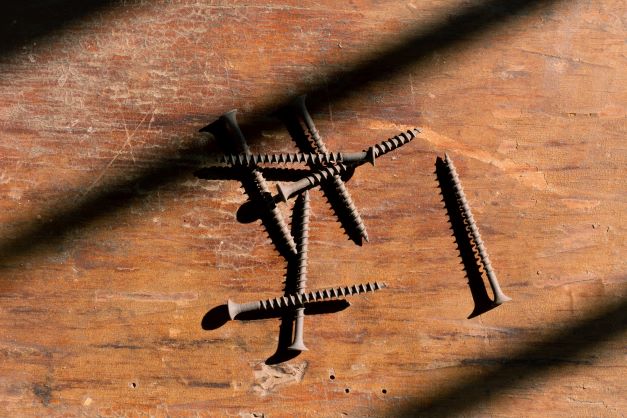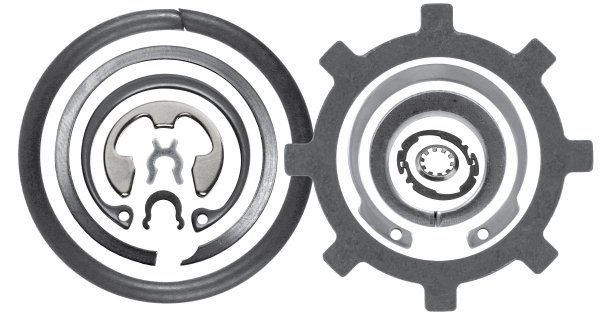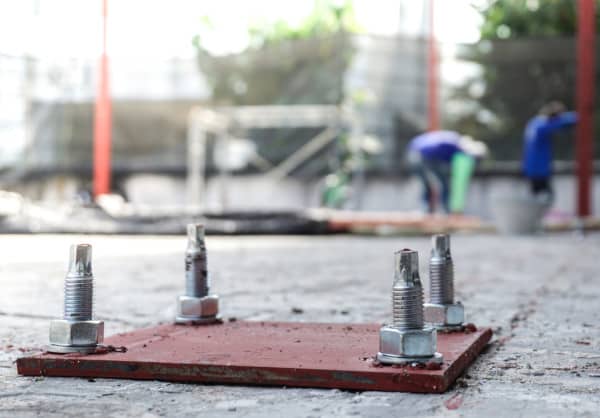Using Compressed Air in Packaging
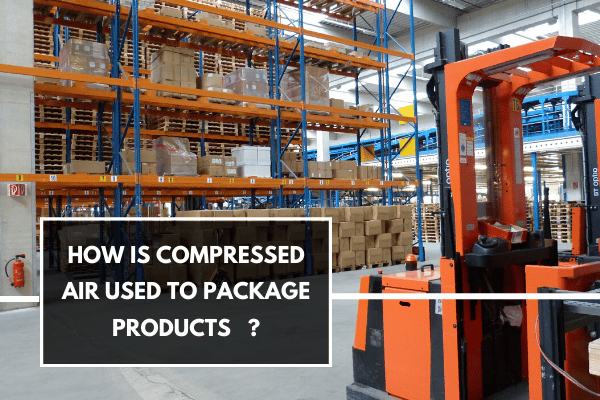
Using Compressed Air in Packaging
Compressed air is safe, reliable, and used in packaging products. The compressed air systems move materials from one area of the factory to another, perform blow-off, part drying, and align products for packaging. Bakeries use compressed air for blow-off applications, while others use compressed air to clean containers before filling them with products. Compressed air technology is also used to cut, sort, shape, and convey products, such as food, from one location to another in a factory.
Cartons are also formed, filled, and sealed using compressed air. The quality of compressed air can vary widely depending on its application. The food industry requires the highest level of safe, clean compressed air to handle and package goods. Pharmaceutical industries also require more stringent clean air than other industrial applications because they are either ingested or injected.
Clean, high-quality compressed air is required in pharmaceutical and food packaging to ensure consumer safety and prevent product contamination. It is essential to have either no contact with the product or contact using pure air to avoid product recalls, damage to brand reputation, or litigation. Pneumatic systems are recommended because there is no chance of leaking oil as in hydraulic systems.
Pneumatic systems do not pollute or release contaminants into the atmosphere, so they are especially useful for packaging food products. These systems have no moving parts, so there is less maintenance and downtime compared to other systems.
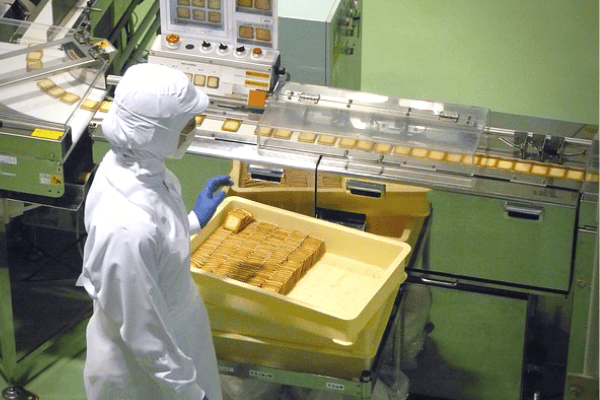
Using Compressed Air in Packaging
Clean compressed air is essential for food and pharmaceutical processing and packaging operations. Compressed air must be purified, especially when the product is consumed. Compressed air conveyors are the best technology to ensure safe food quality. Contaminants include spores, solid particulate, vapors, and moisture. Oil is often not an issue with compressed air conveying systems, unlike hydraulic systems, which use oil as a medium.
To stop microorganisms and fungi growth, the dew points of air at line pressure must be -25 degrees Celsius (-15 degrees Fahrenheit). Standards have been developed that state very fine filtrations to prevent particulate and oil from contaminating food products.
How does Compressed Air Keep Products Dry and Free of Contaminants?
Equipment performance is only as good as the quality of air. Any atmospheric air contains some moisture and dirt. No matter how small the contaminants are initially, they are concentrated when the air is compressed as the air heats, its ability to hold water vapor increases. The vapor condenses into liquid when the air begins to cool as it travels downstream. Maintenance by plant operators can remove liquid, particles, and contaminants. Air dryers are installed to reduce moisture.
They lower the dewpoint of the compressed air to prevent water droplets from forming downstream. There are four types of dryers: Refrigerated, chemical, regenerative, and membrane or mechanical. Mechanical filters work with compressed air dryers to remove contaminants and water. There are three types of filters: Particulate, coalescing, and adsorption.
After the appropriate filter has been added to the conveying system to ensure that the compressed air equipment does not introduce contaminants, equipment that is used to blow off products before packaging is added, examples of this type of equipment include engineered nozzles and air knives. They conserve compressed air by using the Coandă effect to entrain surrounding air along with compressed air to create a high-flow velocity stream of air.
What are some things to remember when using Compressed Air Products for packaging?
If used as intended, compressed air will not generate biological, chemical, or physical hazards while packaging goods. The manufacturer is responsible for producing final products that are sanitized and free of contaminants such as oil, microorganisms, particulate or dust. Manufacturers that use the compressed-air system must carefully consider productivity and production costs against safety.
Compressed air used in packaging will often come into contact with the product. “Contact Application” is defined in the British Compressed Air Society (BCAS)/ British Retail Consortium (BRC) code of Practice for Food Grade Air code as “the process where compressed air is used as part of the production and processing including packaging and transportation of safe food production.” This means that packaging and moving products with compressed air is a contact application.
Other examples of compressed air contacting the product include blowing off the water after washing a product and before packaging, cooling a product to increase line speed, and blowing off excess ingredients (such as sugar) before cooking. Non-Contact Application is “the process where compressed air is exhausted into the local atmosphere of the food preparation, production, processing, packaging or storage.” Non-contact applications can be categorized into 2 additional sub-categories (high risk and low risk).
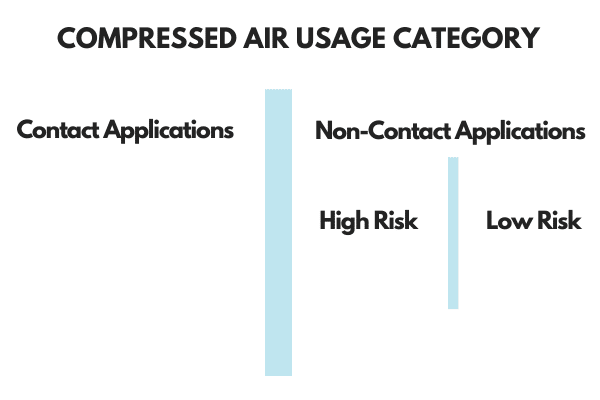
Using Compressed Air in Packaging
When designing a compressed air system for conveying, it is important to use filters and air purifiers to ensure compliance with various safety and manufacturing standards. The BCAS/BRC Code of practice recommends testing the machinery installation twice a year for contaminants such as microorganisms, particles (dirt and dust), humidity, and oil contamination. Refer to this article to learn more about the requirements in the food industry or the standards in the pharmaceutical industry.
With regards to filtration, a centralized air drying and filtration system should suffice if the pipes are relatively new in the facility. However – if the pipes are polluted or hard to clean – it is better to have both a centralized filter as well as a decentralized filter installed upstream of the point of use. New or cleaned pipes are also recommended of zinc-plated steel for food applications, V2A/V4A, compressed air-approved plastic, or aluminum.
How does it work?
The Packaging industry includes a wide variety of materials and products since almost every manufactured product is packaged: toys, food, soft drinks, beverages, cigarettes, cosmetics, brushes, kitchen accessories and more. All the products move down the assembly line before packaging. The packaging process consists of transportation lines made of pipes or ducts to carry a mixture of products and materials along a stream of air.
The pneumatic conveyor system consists of interconnected transition lines, hoses, cylinders, a gas compressor, standard cylinders, and gas (atmosphere). The compressor generates the air flow and transmits the material through a series of hoses. Manual or automatic solenoid valves control the air flow—a centrally located and electrically powered compressor powers cylinders, air motors, and other pneumatic devices. Pneumatic systems are controlled by a simple ON/OFF switch.
There are three conveyor systems that generate high-velocity air streams: a suction system/vacuum system, a pressure system, and a combined system.
A suction or vacuum is used to move light-free-flowing materials. The system operates at 0.5 atm below atmospheric pressure.
A positive pressure compressed air conveying system is used to push material from one point to another. This type of conveyor operates at a pressure of 6 atm or more.
The combined suction/pressure conveying system is used to convey material from several loading points (suction) to deliver to several unloading destinations (push).
What are some Nex Flow products applied to packaging items?
Pneumatic systems are highly recommended when manufacturing, moving or packaging any product that will be digested or inserted in a living organism, such as food or pharmaceutical goods, since there is no chance of contamination due to burst pipes or oil leaks. Nex Flow manufactures compressed air products that help companies to package goods by supplying machines used for industrial cooling (Vortex tubes), part cleaning, drying, and blow-off, and air-operated conveying before packaging.
Nex Flow engineered air optimization design improves safety while increasing manufacturing and packaging productivity and decreasing energy costs. The air-operated conveyor systems sold by Nex Flow can replace traditional conveyor belt systems, which have higher operational costs because they need to be regularly maintained.
Spot Cooling
Nex Flow pneumatic products provide the best spot cooling and blow-off solutions for materials before packaging. Vortex tubes convert compressed air into very cold air for spot cooling for industrial applications. Small vortex tube-operated mini-coolers and vortex cooling can provide extremely cold temperatures for spot cooling before packaging without refrigerants, such as CFCs or HCFCs. Vortex tubes improve factory safety and reduce noise for workers in a manufacturing environment.

Blow-Off Products
Effective, engineered blow-off products manufactured and sold by Nex flow include air knives, air amplifiers, air jets, and air nozzles. These products are another example of how Nex Flow strives to improve the safety of manufacturing and factory environments because they meet OSHA noise and pressure specifications. Among many other applications, air amplifiers are used to clean and dry parts and remove chips and part ejection.
Air knives and nozzles are used to flip open and close the tops of boxes during packaging. Air blade ionizers effectively remove static that could trap the dirt while using plastic wrap for packages.
Conveying Systems
Compressed air-operated conveying systems move materials and products at high speeds over long distances. Ring Vac Operated conveyors, and X-Stream Hand Vac are used for conveying materials where vacuum force is required to move products over long distances at high rates. Ring Vac Air operated conveyors were originally designed to help with bending and lifting goods. The speed of conveyors depends on the density of the materials (lbs./cubic foot), horizontal distance, and vertical lift.
A Ring Vac operated conveyor is a simple, low-cost solution to other pneumatic conveying systems. They are available in several materials depending on the application. Ring Vac operated systems are made of anodized aluminum or stainless steel. 316L Stainless Steel pneumatic conveyors are used when moving food and pharmaceutical products or packaging. It is available in regular and high-temperature stainless steel for high-temperature and corrosive environments.
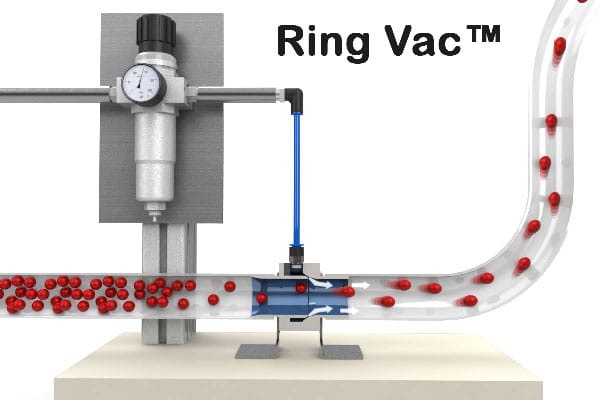
The X-stream® Supreme Pneumatic Conveying System (XSPC) is an air-operated conveyor that uses compressed air for an efficient and power venturi action along the length of the non-clogging design. The compressed air system is designed to transport or vent lightweight items and raw materials for packaging at high rates over long distances.
The cost-effective systems are ideal for continuous or intermittent use since they are operated by a simple on/off switch and are controlled by a regulator. All Nex Flow conveyor systems are simple, easy to install and use, compact, portable, and maintenance-free.
Other benefits of compressed air-operated conveying systems are also reliable since there are no moving parts and low maintenance costs. These systems have no angles to collect contaminants such as moisture, particulate debris, or microbiological growth. They are safe for any factory environment because the system is powered by compressed air and not electricity.
Mufflers, filters, mounting systems, and static control for blowing off dust and debris from statically charged surfaces are available through Nex Flow to improve factory production and efficiency in assembly and packaging goods.
Trust Nex Flow to provide the most efficient, reliable, maintenance-free compressed air solutions for packaging your goods so that they are clean and safe for your customers.
Using Compressed Air in Packaging FEATURED PRODUCTS
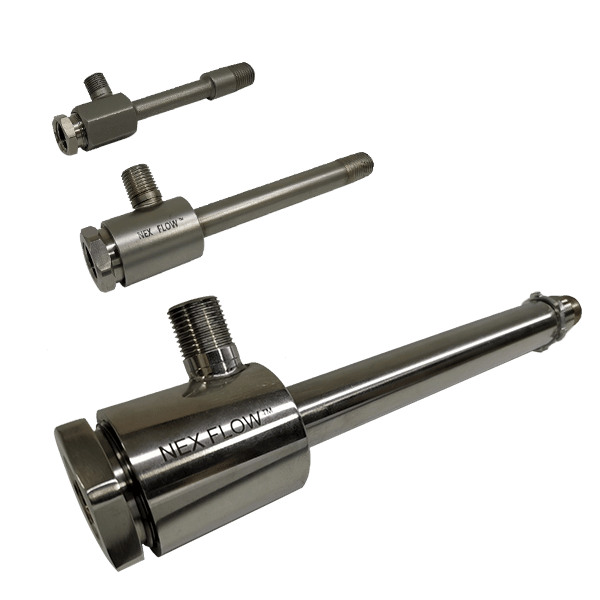
Vortex Tube
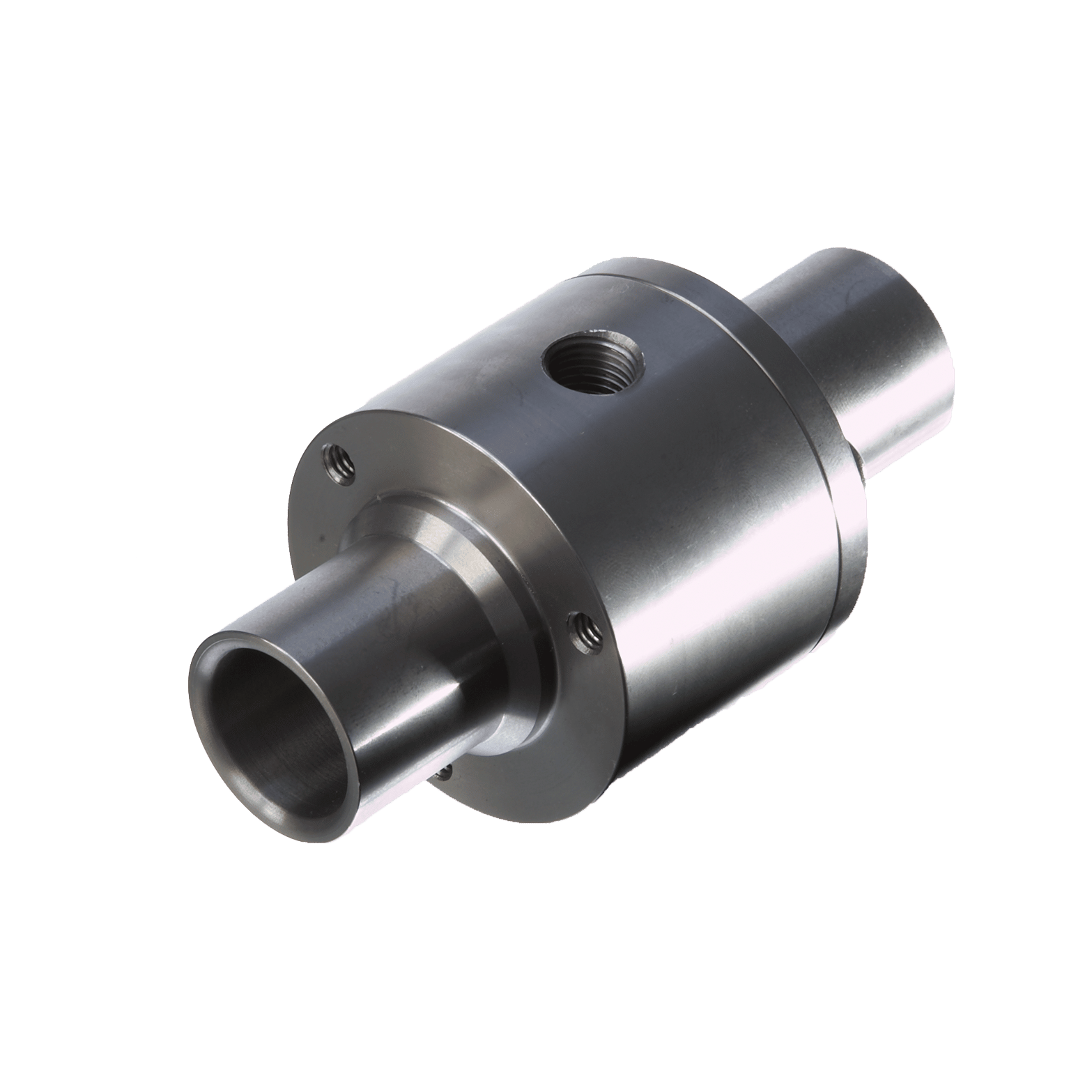
Ring Vac® Air Operated Conveyor

Standard (Fixed) Air Amplifier






